Though I am associated with the North East for over twenty three years, I had the fortune of seeing only Assam & Meghalaya, apart from Sikkim. A communication regarding a meeting in Itanagar, Arunachal Pradesh, therefore, delighted me. I lost no time in booking an air-ticket for Itanagar via Guwahati. The Bagdogra-Guwahati flight was a short affair. To my utter relief on landing, I learnt that the 24-seater Pawan Hans helicopter from Itanagar had arrived moments before our touchdown. Naturally, it was to take at least an hour to be airborne again.
2. All along I was lost in thoughts about Arunachal Pradesh, the largest State of North East having an area of more than 80,000 square kms. One was eagerly looking forward to see its vast water resources, thick and pristine forest and above all, its friendly people belonging to 25 different tribes. The heli-flight to Itanagar covered a ground distance of over 350 kms in sixty five minutes. One could see vast areas outside Guwahati and Nowgong inundated by the floods of the Brahamputra. The river appeared mightier than before from top, reminding us of the several legends attached to it in the folklore of the North East.
3 .My desire to have more aerial view of Assam Valley and approach to Arunachal Pradesh had not even come to an end that I realized that helicopter was hovering close to the foothills around Itanagar. They were soothing and undisturbed by the fury of mankind and had a lush green cover. A few mountainous rivers and rivulets were seen meandering their ways into the plains of Assam. Finally we reached Neharlagun heliport around 16.05 hours. Against the preconceived notion of darkness in the region at this time of the day, visibility was clear. A friendly welcome awaited us at the heliport. The formalities at the terminal building took longer than expected. As a result, it was almost dark by the time we reached Hotel Donyl Polo Ashok.
4. Our entry into quiet and clean capital of Arunachal was greeted with light drizzle. Upon a quick shower and tea we were off for a meeting at the Secretariat. Tall Buildings were nowhere to be seen. Rather, age-old eco-friendly Ekra barracks housed different departments and offices of Ministers. By the time, we finished our engagement; it was pitch dark, though rain has stopped. We looked for some typical Arunachal handicraft items but soon got disappointed. The capital city, spread on two hills facing each other, appeared pleasant to the eyes. Some of us were drawn to the charm of a monastery, about a km away from our hotel. Though it was closed for the evening, our request to its Head Lama ensured opening its doors. The monastery built with the assistance of some experts of neighboring Bhutan a few years ago had Lord Buddha as its presiding deity. Guru Padmasambhava and a high ranking Goddess gave him company. The paintings over the wall were very colourful and attractive. Outside, a Chorten sparkled even in dim light. We took the customary rounds of the monastery and the Chorten before returning to hotel.
5. Whole of the next day was spent in attending to official engagements. It would rain off and on but there would be no change in the damp and sultry atmosphere. Little bit of walk here and there would only increase our sweat level. We retired to bed, therefore, rather early.
6. The third day was very adventurous and memorable. After an early morning walk and exercise, followed by a light breakfast, we began our journey to Ziro, the headquarters of Lower Subansiri District. The distance of a hundred and eighty kilometers was going to take more than five hours due to a Bandh call given in the neighboring Assam. By the time we left, neat and clean surroundings of Itanagar were waking up on a welcome sunny day. We did not find any encroachment or unauthorized construction which would disturb the pristine beauty of the thickly forested hills. Streams and rivulets appeared all along till we reached Doimukh town, upon crossing a distance of twenty two kms. We took a left turn to cross a wide, yet neat and clean Dikrong river.
6. From the tiny township of Doimukh to Power house of Ranganadi Project (a distance of twenty kms.), the road was in bad shape. Presence of a lot many potholes made the journey slow and tedious but the passage through green forest area had its own advantages. After forty five minutes or so, we took a tea break at Harahapa Village. It was nice to relax in this flat area. The Ranganadi river was flowing close by, in full force. Later, we came across a beautiful waterfall right on the roadside. Hardly any vehicle was seen plying through this thick rainforest. It looked rich in biodiversity. Though the area was having abundance of banana plants, rarely one could see a plant bearing fruit. The place reportedly also had a variety of fauna. Same was evident by occasional appearance of beautiful birds.
7. Before noon, we came across a relatively flat area ahead of Riajori. Within no time, the beautiful Ranganandi appeared very close to the road. Next to a dam, a cluster of Ekra houses were seen along the road. A well prepared breakfast awaited us at PWD Rest House, situated ahead of Yazali township Apart from the government servants, we were greeted very warmly by the area Gram Panchayat, Anchal Samiti and District Panchayat members. Thick forest all around, kept us in a captivating mood.
8. Upon having breakfast we stopped near the river bank to see anti-erosion works. We listened patiently to a few villagers who desired erection of protective walls to check frequently changing course of river. We could also see many plots of land having traces of “Jhum “cultivation. As we were behind schedule, we had no option but to bid good bye to the villagers and Punchayat Members after acknowledging their help and hospitality.
9. Upon an ascent of about three kms, we were bestowed with an opportunity to have the marvelous view of the flat and green area of Yazali. Capturing the view into camera was the logical course of action. Another drive of half an hour took us to Zoram village. It too had a long stretch of even land and beautiful cluster of ethnic houses. I was informed that this particular area was once proposed for the new capital of Arunachal Pradesh.
10. In the course of further journey of about twenty five kilometers, we came across a variety of Pine trees. Ultimately, we were in a position to touch the highest point at 5754.feet near Zoram town. Subsequent to a down hill drive of six kilometers, we reached our destination-Ziro. The first view was simply amazing. It was an unforgettable sight to see a large flat area having attractive houses, farm land and a thick canopy of green trees. One was reminded vividly of the black & white snaps of Potin Mama and Kamakhya Mami taken in these surroundings, forty six years ago during the former's posting with SIB in the erstwhile region of NEFA. 'Mami', we were told as curious and obedient kids, 'was rechristened as NEFA Didi or Mami' due to the fact that she joined Mama over here immediately after their marriage and this being her honeymoon place, she appeared to have developed immense fascination and attachment. The shooting spree, naturally, by my camera went on for almost ten minutes. It stopped only when we were informed of a get-together at the Hotel Blue Pine, overlooking the District Headquarters.
11. The breathtaking Ziro is situated on the Apatani plateau. Amidst high mountain ranges, it is unbelievable to come across such a flat area of fifteen to twenty square kilometers. The lush green paddy fields are surrounded by the hills of medium height having thick forest cover. A soothing drive of three kilometers brings us to the center of a market area. A laid back and relaxed small town atmosphere greets us. No one is in a hurry here. I make an unsucessful attempt to locate Potin Mama's dwelling place of 1963. Mostly, however, one finds people of Apatani tribe. Both men and women have tattoos on their faces. Older women appear totally different due to their nose plugs (Dat), made of bamboo. Since it is no longer practiced, younger women can be differentiated from their old women relatives. An old lady and her grand daughter, a student of Class Xth, reluctantly provide us a photo opportunity for the sake of memory.
12. Soon we see a minor irrigation scheme. Remarkably executed, it has been instrumental in controlling floods, apart from increasing the yield of paddy. Next, we are amazed to see the indigenous irrigation system of the Apatanis which ensures fish farming together with paddy growing. An energetic farmer shows us a bamboo net fixed at an outlet between two plots of land. It checks the flow of fish from one plot to another. As a system like this exists nowhere, it turned out to be a great learning experience.
13. We also get a chance to visit a few traditional and modified bamboo houses. Finding no verandah, one barges into the central portion having a combined kitchen and living room. The utensils, tools and clothes are found neatly arranged. Like any other hill tribe, life looked easy and free from worries for the Apatinis. They appear friendly, when approached for an interaction. Some of them were having hard drinks at a time when it was bright and sunny. We settle for a cup of tea even when offered hard drinks. Language is no barrier as most of them are in a position to converse in Hindi, one of their link languages apart from the Assamese.
14. As time was running out, we hit the road again. While driving back to the main town, it is nice to see a few energetic teenagers fully engrossed in a game of football. But the game was not being played on a normal field, It was an unfunctional air-strip which was used as a playing arena. Since sun set was approaching fast, we rush to the Hotel Blue Pine to have a refreshing cup of tea. When the time comes to convey our gratitude to the officers for having taken us around so well, they, in turn offer a nice locally woven shawl and a miniature dagger, found tied on the waist of an Apatani male. We are simply floored by their hospitability and caring nature.
15. While returning to Itanagar, we see more vehicles on the road. As it was becoming dark, we gradually lose interest in the greenery, beauty and the overall charm of the area. Although well-lit, the town of Yazali now gives a deserted look. We make a futile attempt to look for the Punchayat Members. As a result, we postpone our decision to have a break at Yazali. The Ranganadi looks more ferocious in darkness. After a drive of thirty odd kilometers, we reach an urban settlement overlooking a dam over Ranganadi. We have a satisfying cup of tea with cookies while enjoying the beauty of dam. Upon crossing this stretch, we begin driving on the main road passing through Assam, as the news of strike being called off is received. Further drive of nearly seventy kilometers is through a dense forest. It is a very lonely stretch. For miles altogether, there is no trace of any habitation. To our fortune, no wild life is sighted. The tape-recorder of the vehicle gives us the needed company. We feel mesmerized by the unique singing skills of a few Pakistanis who have made it to Hindi films in the recent past. It is around 21.30 hours when we reach a market area, thirty kilometers short of Itanagar. The effect of strike is still there, as we face difficulty in getting dinner. It is well past 22.45 hours when we make it to our hotel in Itanagar.
16. Though it was a long and hectic day, it was going to be a memorable one. Of all the things, the unique combined farming practice of fish and paddy of the Apatanis is going to be in my memory for a long time. Enjoying life in a slow motion, sometimes, also has its own advantages. I was simply impressed with the tranquil surroundings of the Ziro valley. It had the power to satisfy my senses as also my soul
Saturday, February 21, 2009
Subscribe to:
Post Comments (Atom)


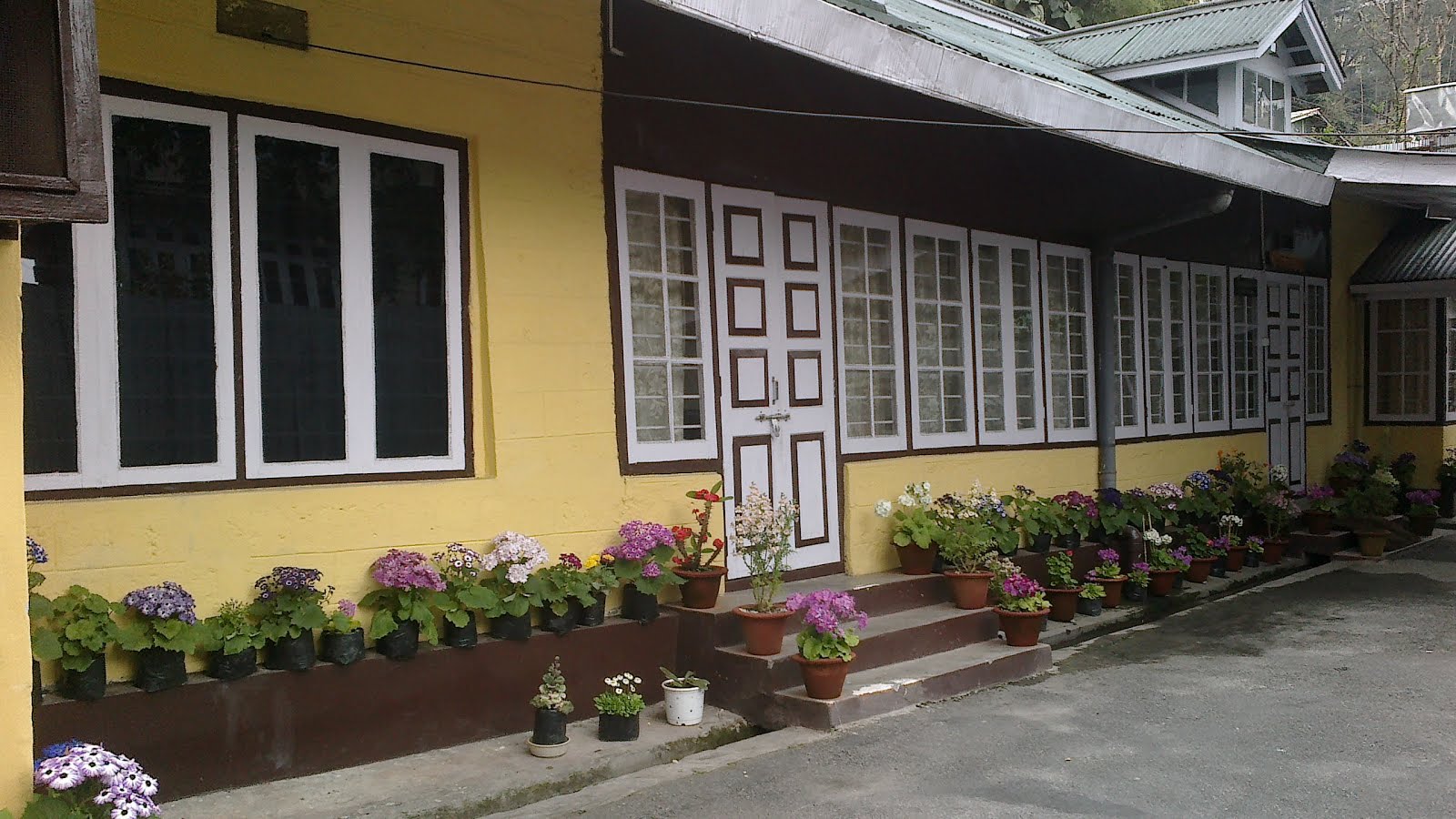







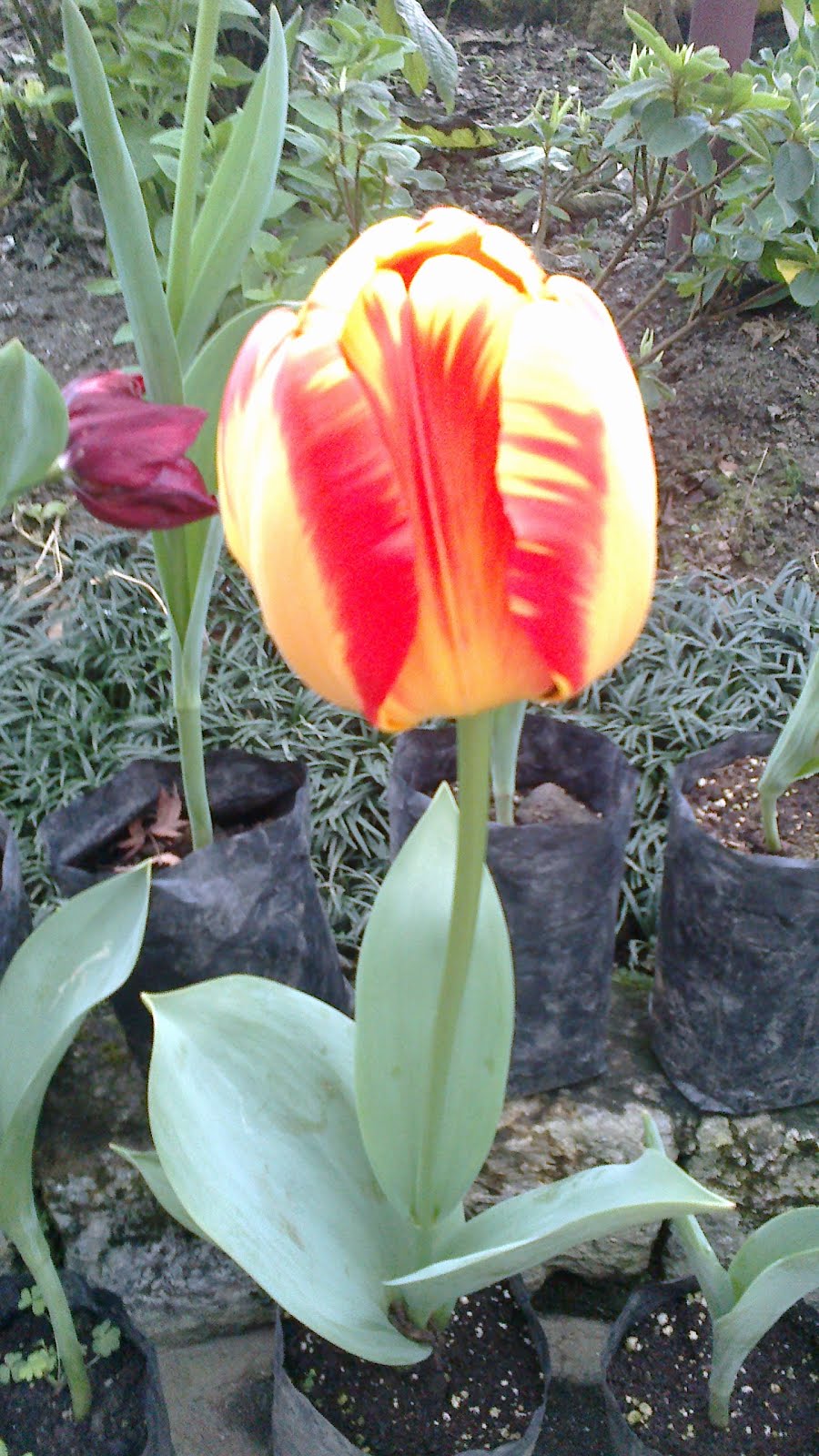
















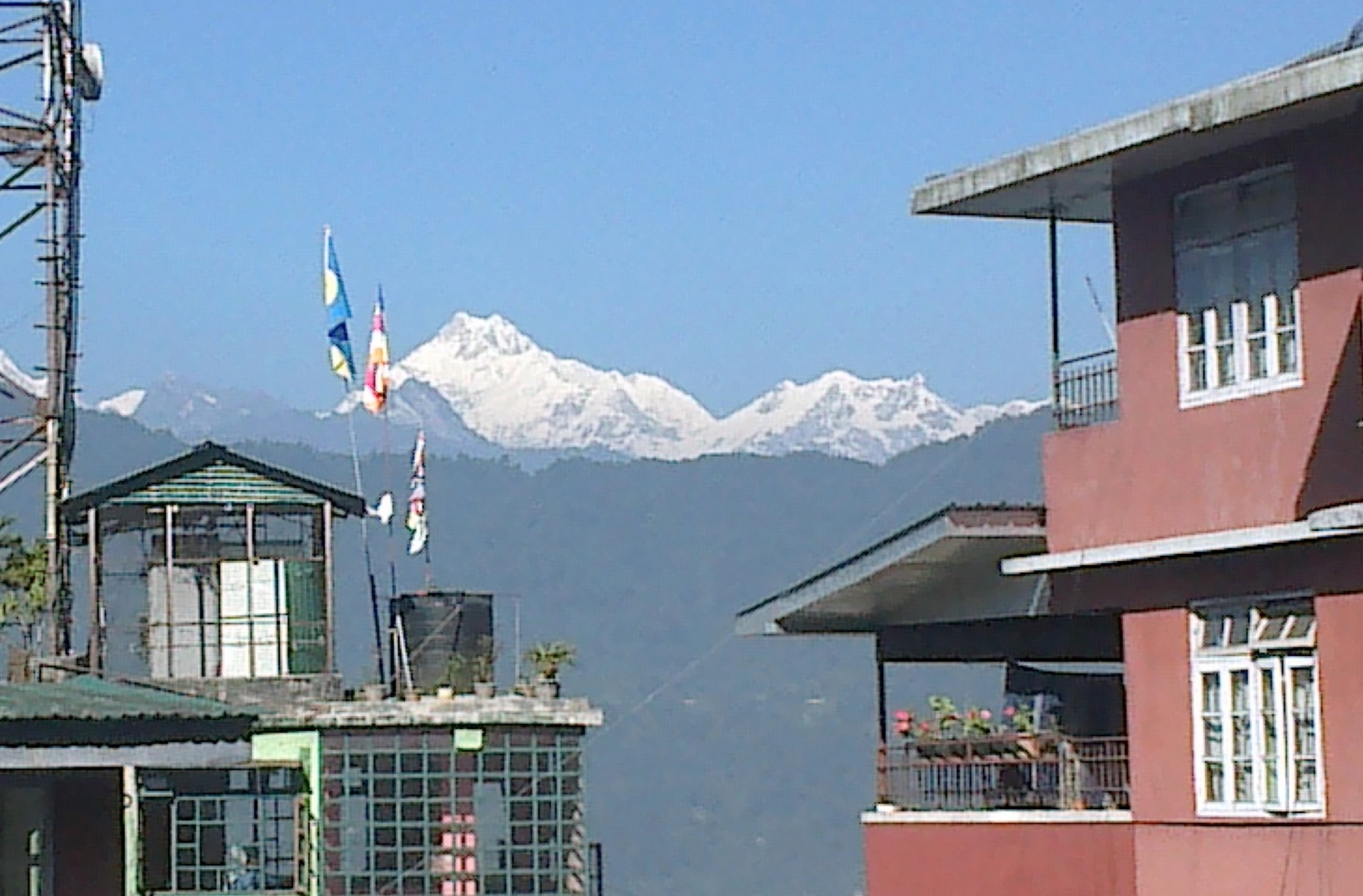


























































































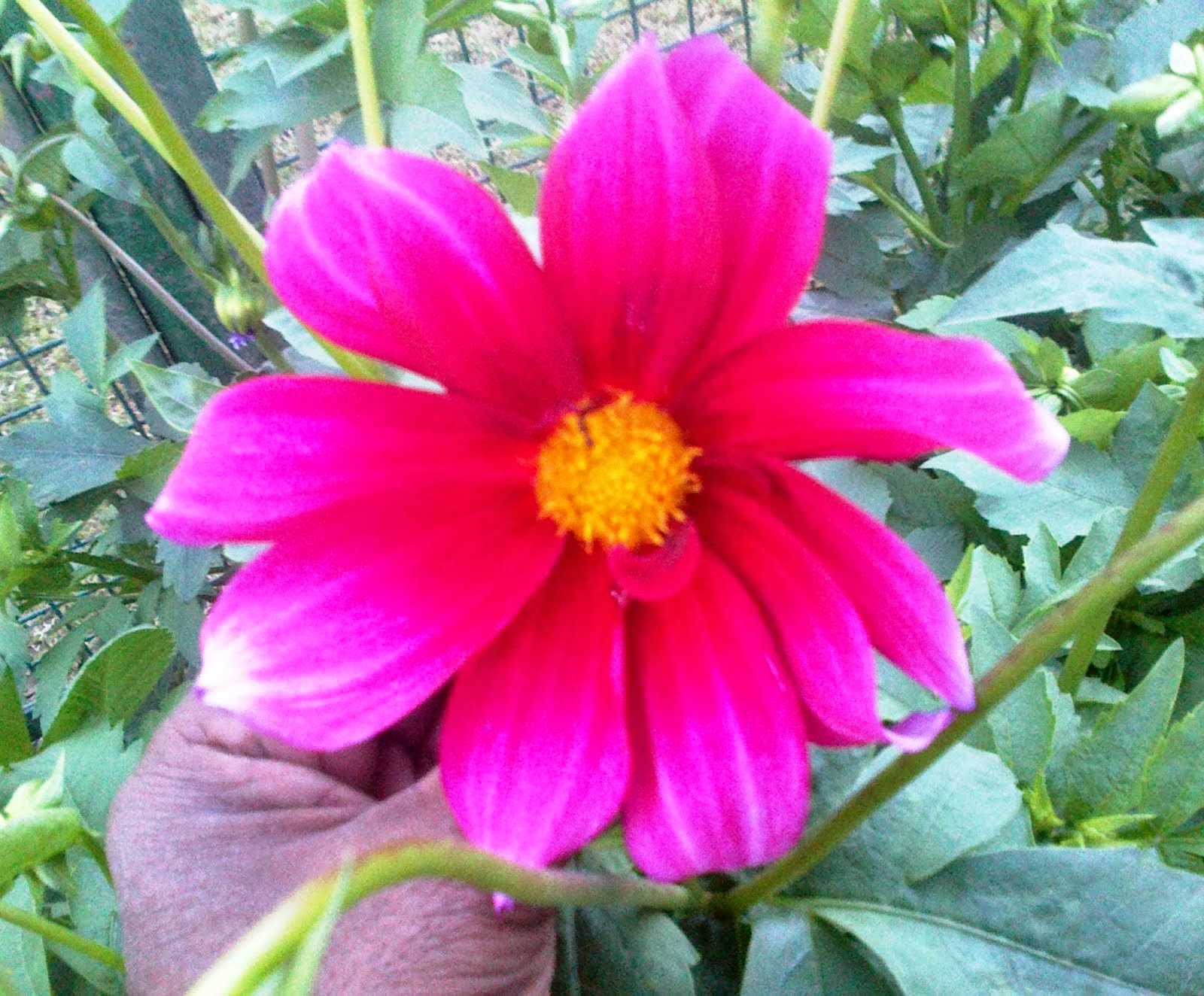



















































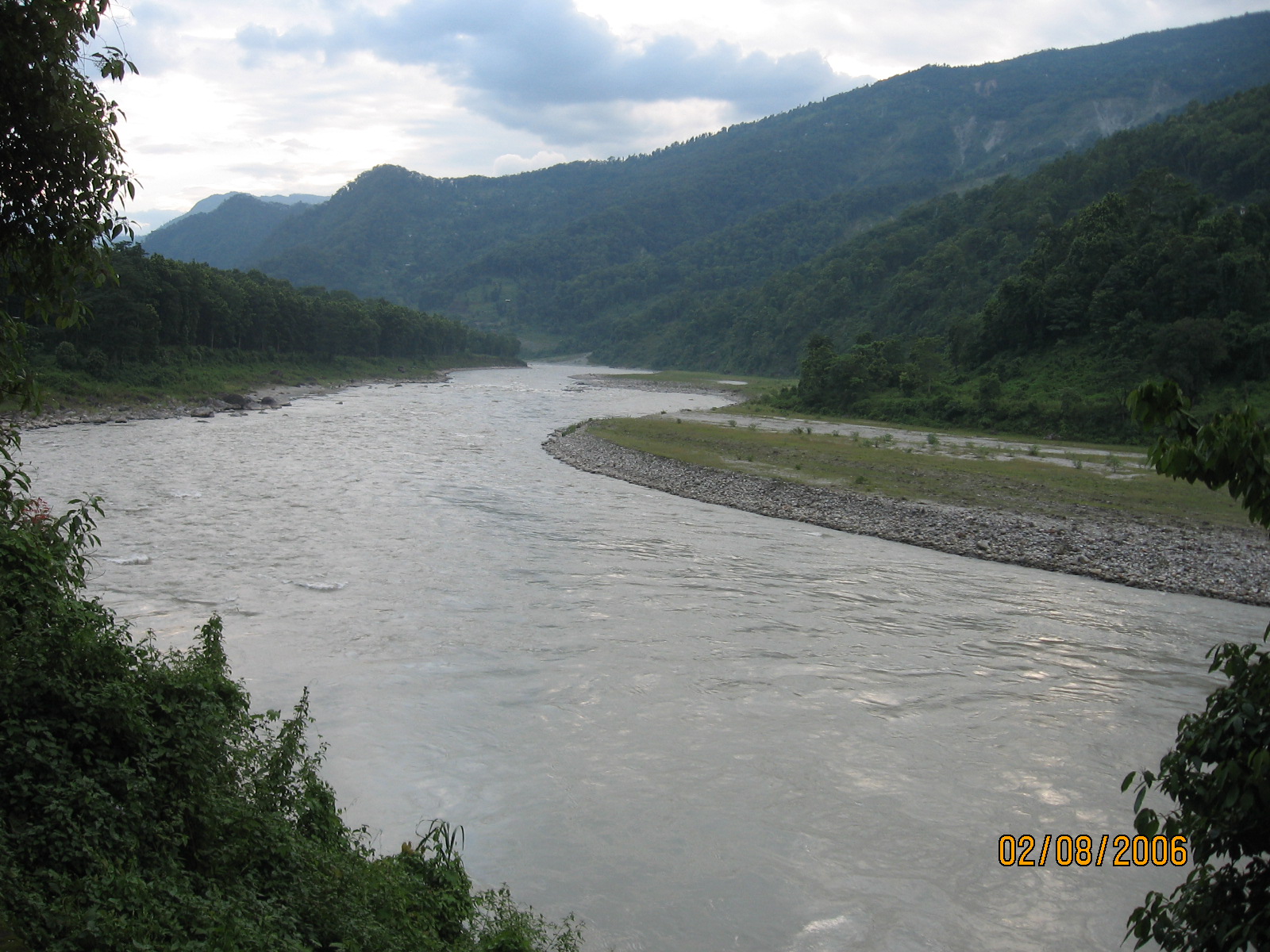

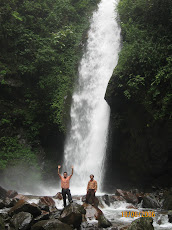
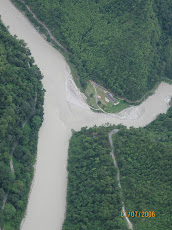
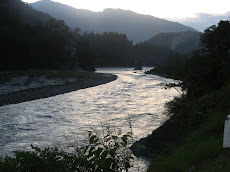
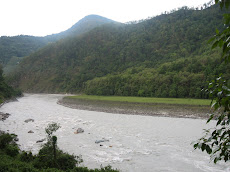
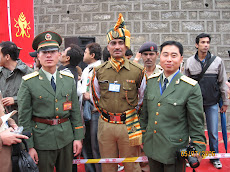
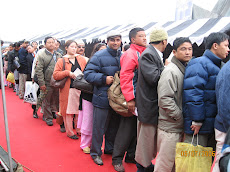
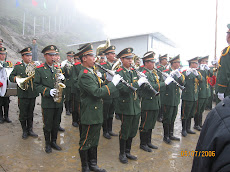


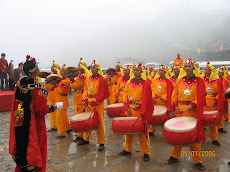
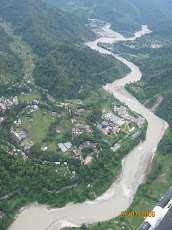




















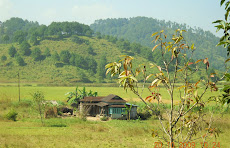
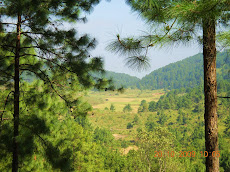








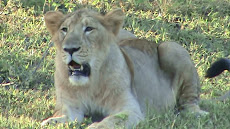.jpg)







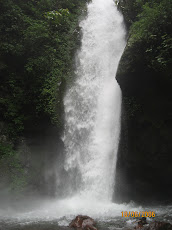
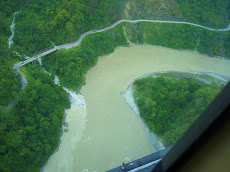


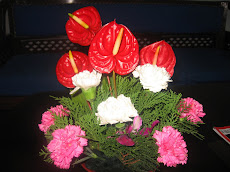





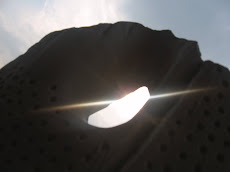
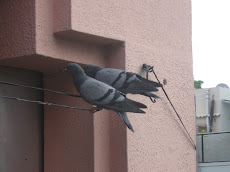
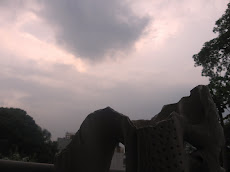
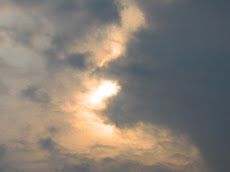
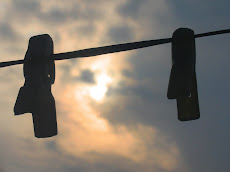
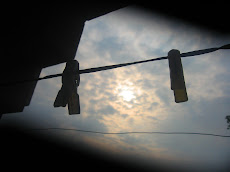

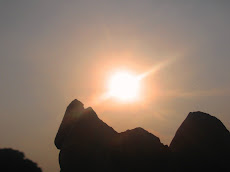
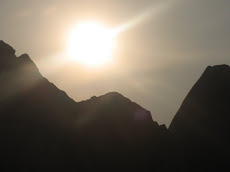
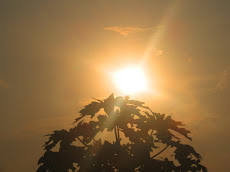


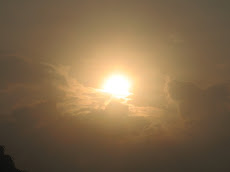

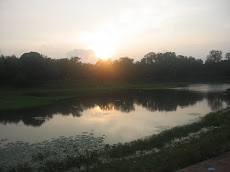
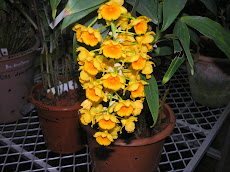
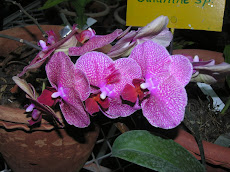

























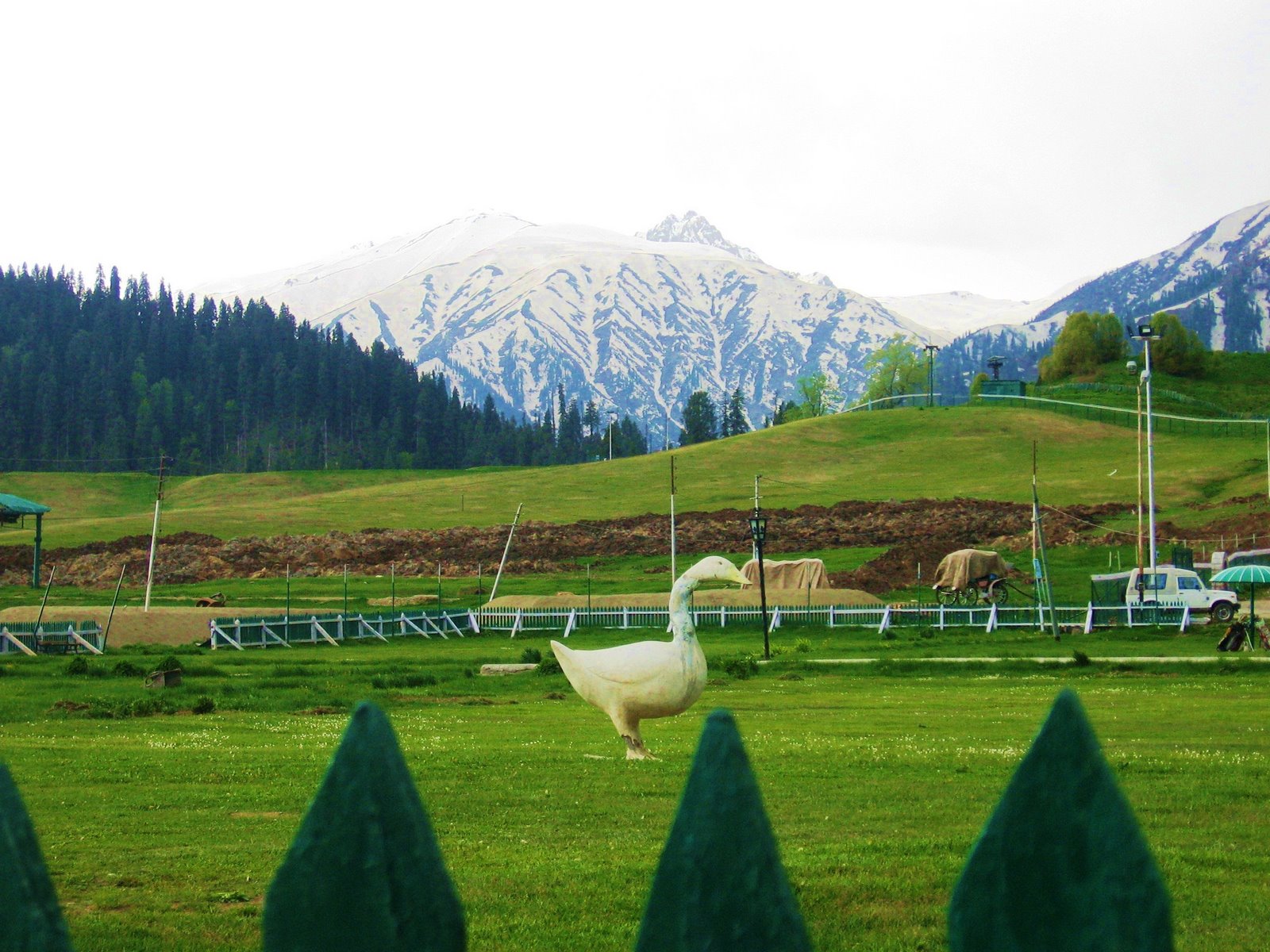
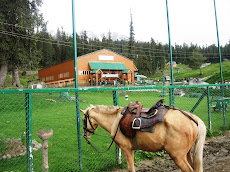
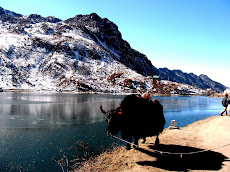






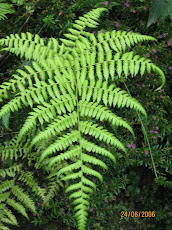

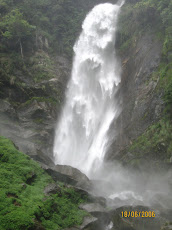



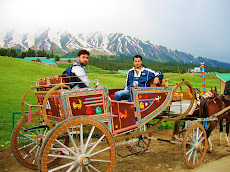






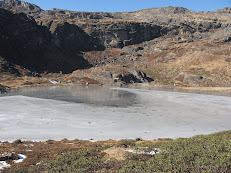

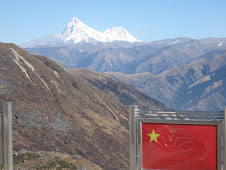



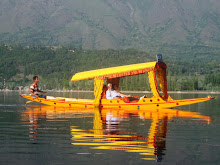
No comments:
Post a Comment